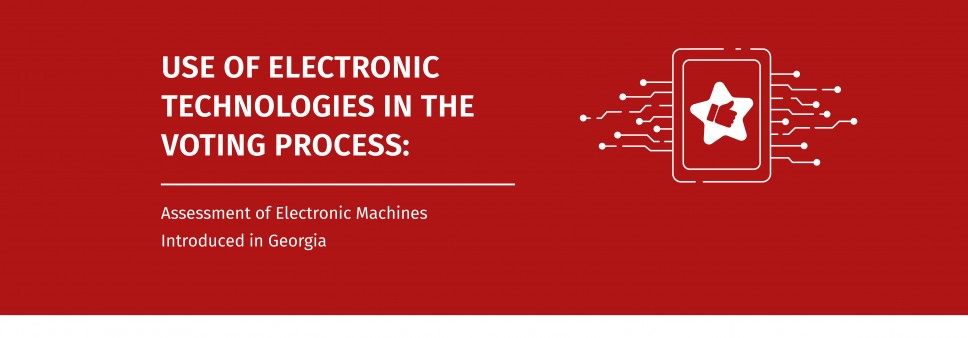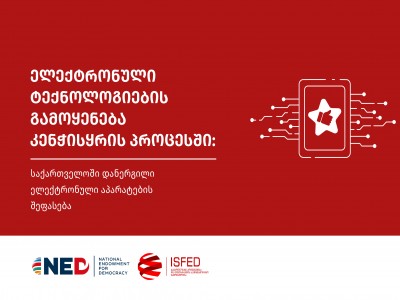Use of Electronic Technologies in the Voting Process: Assessment of Electronic Machines Introduced in Georgia
This policy document explores various electronic machines and devices designed for automating the voting process, evaluating their advantages and disadvantages in the context of prevailing global practices.
To enhance the efficient administration of election processes, numerous countries employ a variety of modern technologies. Georgia has aligned itself with this trend, as it anticipates that at least 70% of voters will utilize electronic technologies during the 2024 parliamentary elections. Voter registration, ballot digitization, and results tabulation are among the processes that will be automated.
The Central Election Commission of Georgia tested these technologies during the extraordinary/by-elections held on October 1 and earlier, on April 29, 2023. Specifically, two types of machines were employed: a voter verification machine, responsible for validating voters' identification at the polling station and registering them, and an optical mark recognition machine, enabling voters to cast their ballots in the ballot box.
The voter verification machine does not utilize biometric data to verify voters' identities, thereby leaving a theoretical risk of multiple voting.. The addition of a voter identification feature to the currently introduced machines is feasible; hence, it is necessary to start working on its implementation.
As for the voting and ballot counting process, optical mark recognition machines introduced to Georgia are considered relatively outdated and can not address all challenges. Instead, it is advisable to employ voting and counting machines, eliminating the risk of ballot invalidity due to incorrect filling and offering a solution to prevent undesirable practices such as the removal of ballots from the polling stations (referred to as the "carousel voting”). In addition, their utilization can more effectively ensure adherence to the principle of secrecy of the vote.


